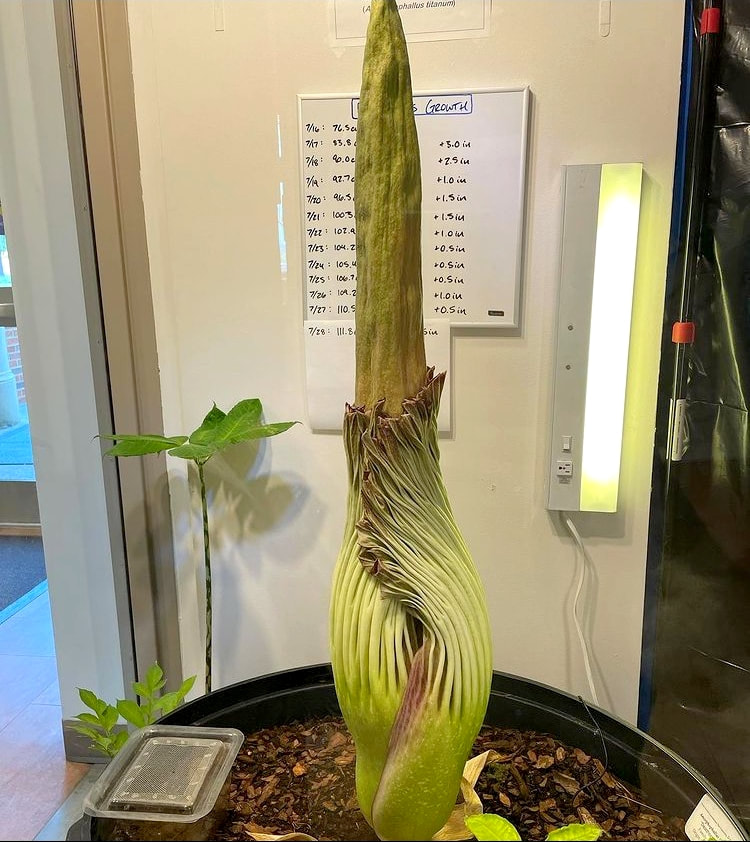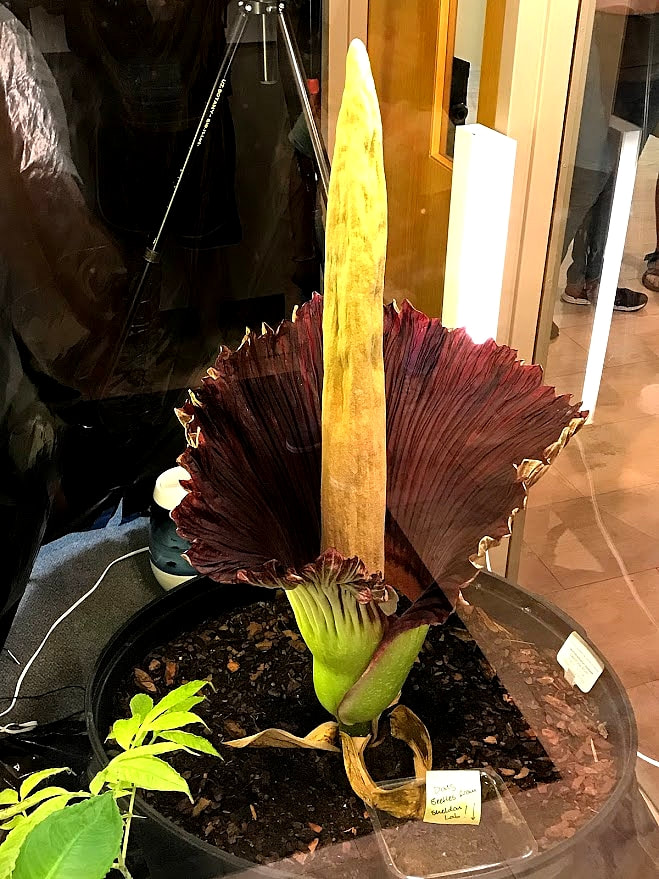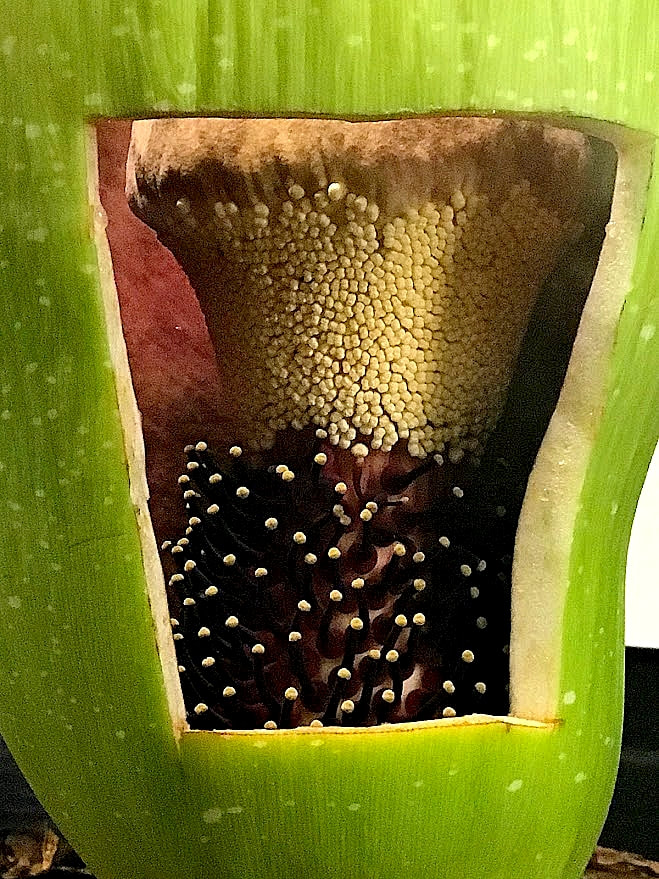|
The art of making music by running a bow against a saw arose in several countries around the world when steel saws became widely available some 300 years ago. In the United States it originated in the Appalachian Mountains and reached a peak in popularity in the vaudeville acts of the 1920s and 1930s but faded towards the second world war. However, the art still endures on today maintained alive by many performers. The sound produced by a musical saw occurs as a result of the friction exerted by the bow upon the saw which causes the steel surface to vibrate, much in the same way as the string of a guitar vibrates when plucked. These vibrations produce compression waves in the surrounding air which are transmitted to our ears and are perceived as sound. In a guitar, the pitch of the vibrating string can be adjusted by reducing its effective length, which guitarists do by pressing their fingers to the string. In the musical saw, something similar happens when the performer bends and twists the surface of the saw. This creates bounds that restrict the vibrations and changes their pitch in relation to where the bow is applied. The mathematics of the sounds produced by musical saws is quite complex. In the video below, former university professor turned street performer, Robert (The Saw Man) Maddox, plays Somewhere My Love (Lara’s theme from the movie Dr. Zhivago) in downtown Knoxville, Tennessee.
0 Comments
In our cultural ethos, rattlesnakes are inextricably linked with the wild west of tumbleweeds, cowboys, horses, sheriffs, and outlaws. These reptiles are indigenous to the Americas and have several notable features. The most distinctive is the rattle at the tip of their tails which they can move 60 or more times per second producing a sound which serves as a warning of their proximity. Rattlesnakes are deaf, but they compensate for this by having a highly developed sense of smell. In fact, the reason why rattlesnakes (and other snakes) constantly stick their tongues in and out of their mouths is to bring scent particles in contact with their smell organs which lie in the roof of the mouth. Rattlesnakes do not hear sound, rather they have an inner ear that is very sensitive to vibrations in the ground which are transmitted to it by the snake’s muscles and jaw bones. Besides also having very good vision, rattlesnakes have the ability to sense heat thanks to organs located behind each nostril which gives the snakes the ability of heat vision allowing them to hunt in the dark. Rattlesnakes have a venom which they inject through their fangs when they bite much in the same way that a hypodermic needle works. The venom consists of proteins that break down cells and tissues, as well as anticoagulants and neurotoxins that cause circulatory arrest and respiratory paralysis. The Timber Rattlesnake (Crotalus horridus) featured in the video below was filmed at the Zoo Knoxville in Knoxville, Tennessee. On a trip to Knoxville, Tennessee, I was informed that a specimen of Titan Arum, the world’s tallest flower, was about to bloom at the Hesler Biology Building of the University of Tennessee (UT), and that this event was open to the public. This was an amazing opportunity to see this tropical plant which exists mostly in a vegetative state for up to 8 years and then blooms only for about 24 to 36 hours! Titan Arum is the name coined by the English naturalist Sir David Attenborough to be used instead of the actual scientific name of the plant, Amorphophallus titanium, which can be a little rude to use during blooming events that attract crowds including families with children. Titan Arum was discovered in the jungles of Sumatra by the Florentine naturalist Odoardo Beccari in 1878. The central column of the flower called the Spadix, which can reach heights of 12 feet, is what is responsible for the name of the genus of the plant. The spadix is surrounded by the spathe, which is the blood-red colored petal-like structure that opens during a bloom. The plant I saw was a specimen sporting a spadix of modest size (3.7 feet) and is called “Rotty Top” partly after the song “Rocky Top”, which is one of the official state songs of Tennessee and the unofficial fighting song of UT sport teams, and partly because of the scent the plant emanates when blooming. Titan Arum is also called the "Corpse Flower" because it emits a smell similar to that of decomposing flesh to attract its chief pollinators, carrion beetles, and flesh flies. The chemicals mostly responsible for the rotting flesh smell are dimethyl di- and trisulphides but also include isovaleric acid (sweaty feet), trimethylamine (rotting fish), and methyl thioacetate (garlic & cheese). At the same time that the plant emits it foul odor, it also heats up to 80-90 °F to help volatilize the chemicals and spread the smell. Titan Arum belongs to a small group of plants that can generate heat such as Skunk Cabbage to which it is distantly related. Even though the plant was in a glass enclosure with a door, all those in attendance could smell the scent of the flower which would filter out through the borders of the door, and a few people found it strongly nauseating. Although most people consider the flower of the Titan Arum to be made up of the spadix and the spathe, this is really just an inflorescence (a stalk with many flowers). The real flowers of the Titan Arum are tiny and are located at the base of the spadix. After Rotty Top reached full bloom, the staff cut a rectangular window at the base exposing the flowers. The female flowers are at the very bottom, while the male flowers are further up. I learned that the female flowers mature first and are receptive to pollen, but by the time the male flowers mature, the female flowers are not receptive anymore. This ensures that a given Titan Arum does not pollinate itself and promotes genetic diversity among the plants which rely on their pollinators spreading the pollen from one flower to another. After blooming, the spadix and spathe degenerate and fall, and the structure that gave rise to them below the ground, called the “corm”, enters a vegetative cycle. The corm is a swollen stem which in the largest Titan Arum plants can weigh up to 200 pounds. When not flowering, the Titan Arum corm emits a single leaf which opens into a tall treelike structure with many branches. This leaf is the plant’s sole photosynthetic organ which produces the energy that is stored in the corm. The leaf dies every year and is replaced by a new one while the plant gathers energy for another blooming. This is a process that can last several years. In the biology building of UT there is a greenhouse where they keep other specimens of Titan Arum in their vegetative cycles. OK, so now I can cross out “Titan Arum Bloom” from my bucket list! The photographs belong to the author and can only be used with permission. |
Details
Categories
All
Archives
June 2024
|








 RSS Feed
RSS Feed